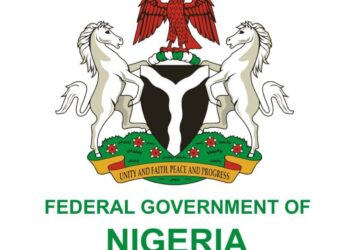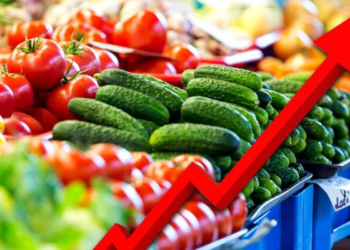The domestic debt of Nigeria’s 36 states and the Federal Capital Territory (FCT) increased by N198.96 billion within the last three months, as reported by the latest data from the Debt Management Office (DMO). This uptick represents a 5% increase in subnational debt, pushing the combined domestic debt stock from N4.07 trillion in March 2024 to N4.27 trillion by June 2024.
Surge in Debt Across Various States
Analysis of the report reveals varying debt changes across different states. Some states saw substantial increases in their debt levels, while others experienced marginal shifts or even reductions. This disparity underscores diverse fiscal challenges and borrowing needs among Nigeria’s states.
Rivers, Taraba, and Niger Lead Debt Increases
Rivers State recorded the highest percentage jump in debt, increasing by 67% within the three-month period. The state’s debt soared from N232.58 billion in March to N389.20 billion in June, an addition of N156.62 billion.
Similarly, Taraba State saw a sharp increase in debt, which rose by 160% from N32.64 billion to N84.72 billion, an increment of N52.08 billion. Niger State also experienced a significant rise, with its debt increasing by 70%, from N86.07 billion in March to N146.29 billion in June, adding N60.22 billion.
These sharp rises in debt indicate a substantial reliance on borrowing to fund state-level projects and obligations. However, the rapid accumulation of debt in these states raises concerns regarding the sustainability of their fiscal strategies.
Lagos Maintains Highest Debt but Shows Reduction
Despite holding the largest debt among all states, Lagos managed to reduce its debt burden slightly. The state’s domestic debt declined by 5%, dropping from N929.41 billion in March to N885.99 billion in June, a reduction of N43.42 billion.
Other states, including Benue, Kwara, and Nasarawa, showed little to no significant changes in their debt profiles. Benue State saw a minor increase of N144.24 million, while Kwara’s debt dropped slightly by N23.12 million. Nasarawa also recorded a modest decline of N187.64 million over the same period.
Significant Debt Reduction in Delta, Bayelsa, and Ebonyi
In contrast to states with rising debt, some achieved notable reductions. Delta State made one of the most substantial cuts in its debt stock, decreasing by N30.36 billion, representing a 9% reduction from N334.90 billion in March to N304.54 billion in June. Bayelsa and Ebonyi also reduced their debts by 6% and 9%, respectively, signaling improved fiscal management or reallocation of resources.
Broader Context: Nigeria’s Growing Public Debt
This report on subnational debt comes as Nigeria’s overall public debt stock, covering both domestic and external obligations, climbed to N134.3 trillion ($91.3 billion) by the end of the second quarter of 2024. This represents a 10.35% increase from the N121.7 trillion ($91.5 billion) reported at the end of the first quarter, according to the DMO.
Despite the rise in debt, currency fluctuations have played a role in stabilizing the dollar equivalent of the debt, emphasizing the influence of exchange rates on debt valuation. In the second quarter, Nigeria’s public debt portfolio was dominated by domestic borrowing, which accounted for 53% of the total debt, amounting to N71.2 trillion ($48.4 billion), while external debt comprised the remaining 47%, or N63.1 trillion ($42.9 billion).
Implications and Outlook
The rising domestic debt among Nigerian states highlights the challenges in balancing state budgets and funding essential projects. The increase in borrowing signals that many states are turning to loans to bridge funding gaps, but the sustainability of this approach is uncertain, especially given the economic pressures many regions face.
As Nigeria’s debt continues to grow, both at the state and national levels, there are concerns about the long-term impact on economic stability and fiscal health. The Nigerian government will need to implement robust debt management strategies to ensure that this trend does not hinder economic growth or lead to an unsustainable debt burden for future generations.











